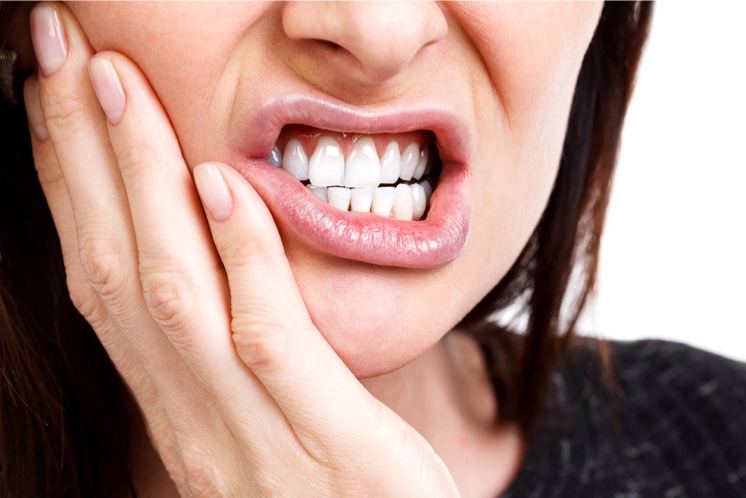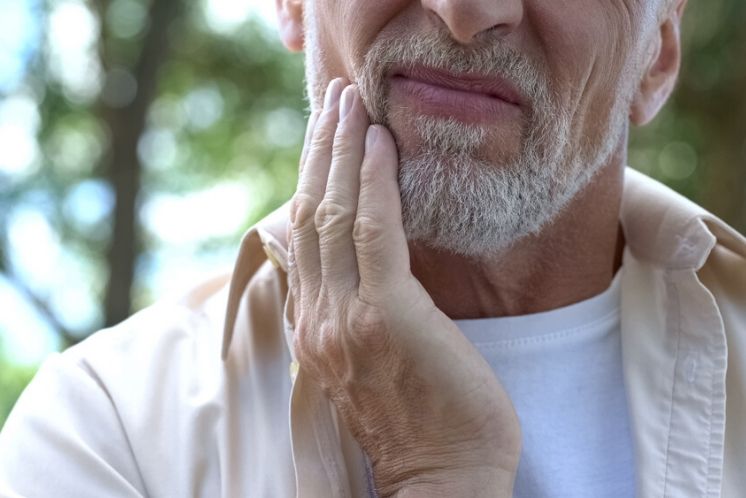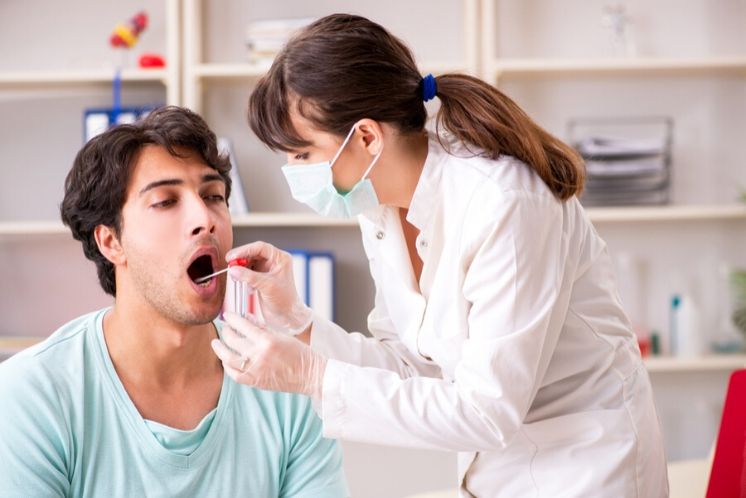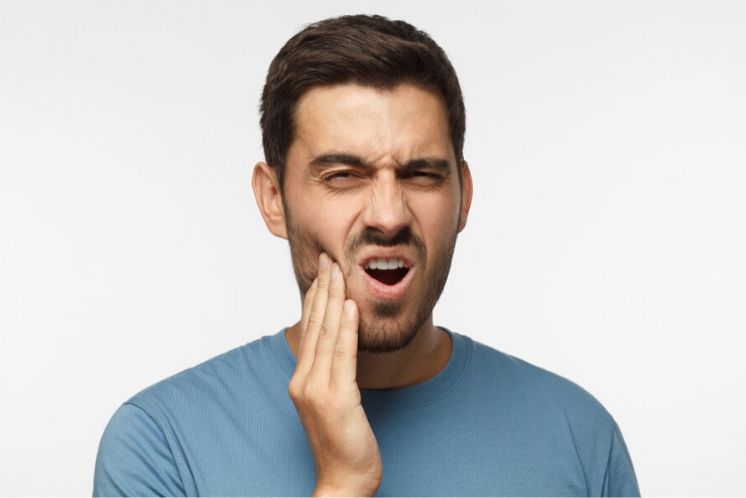Oral HPV: what is it and what are the symptoms?
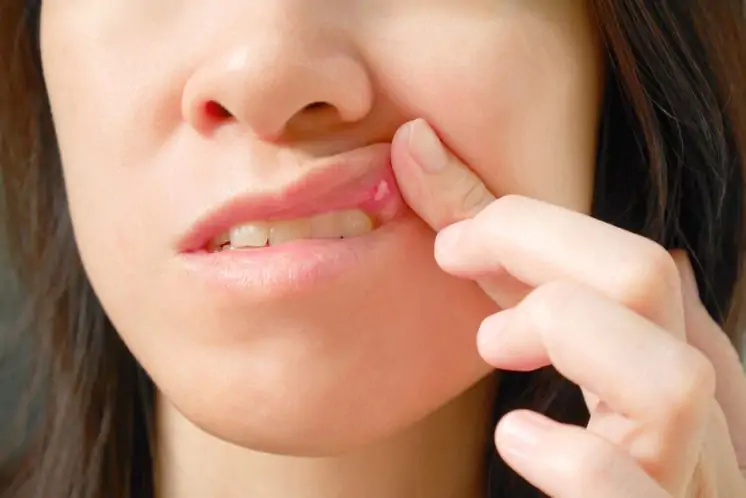
The papillomavirus (also known by its abbreviation HPV) is one of the oldest viruses known. During its long evolution, the human papillomaviruses have hijacked the human immune system, in which they replicate and remain in silence.
Oral infections have commonly been related with sexual behaviour, but recent evidence also backs up their horizontal mouth-to-mouth transmission. Most of these infections due to this virus in babies are acquired vertically from their mother during the intra-uterine period, during the birth or later through saliva.
What are the symptoms of the human papillomavirus?
The human papillomavirus can show itself in our mouth in the form of warts. Some of them that appear on our body will disappear by themselves without treatment. However, this can take months or, on some occasions, even various years.
Since the oral human papillomavirus often does not have symptoms, , as other oral diseases do, people that suffer them do not realise they are infected and they are less likely to take the preventive measures required to limit the spread of the disease.
Different strains of the human papillomavirus cause warts, mainly on the tongue. The common types of warts are as follows:
- Squamous papilloma: white cauliflower shaped injuries.
- Common warts or a type of wart known as condylomata acuminata.
This virus, on not having symptoms on many occasions, does not generate visible warts either, but even so it is possible to catch the virus.
Condylomata acuminata
As we indicated, this type of wart may develop in areas such as the mouth or the oropharynx, although this is usually much less frequent, since it normally tends to appear in other areas of the body.
Condylomata acuminata usually have a low oncogenic risk, that is, they have a low or zero risk of causing cancer in the future. However, it is true that co-infections can develop with other types of human papillomaviruses with a high oncogenic risk. Therefore, it is advisable, on detecting a condylomata on your body, that you have it checked by a specialist so that they can assess it and decide the appropriate treatment.
Prevention and treatment
Although tongue warts are generally inoffensive, they can be bothersome.
This depends on the size of the wart and on whether they cause pain or difficulty on talking or eating.
The odontologist or dermatologist can offer different treatment options for a wart that does not improve or that we want to eliminate.
Cryotherapy
One way to eliminate a wart is through cryotherapy. Also known as cryoablation, cryosurgery, percutaneous cryotherapy or guided cyroablation therapy, in this procedure, the professional uses cold liquid nitrogen or argon gas to freeze this abnormal tissue.
It is applied at high pressure through a cyroprobe (a similar applicator to a needle). This technique creates cold air in the area to be treated. Topical cryotherapy will be that applied directly to the skin or topical tissue. This technique will destroy the sick tissue.
Electrosurgery
Electrosurgery is a different technique to cryotherapy. In this case, this option consists of using a strong electric current to cut the wart and eliminate cells or abnormal tissue. Electrosurgery also enables bleeding to be controlled during the operation.
In this technique, an electrode is placed on the tissue or very close to it. The electrical current will pass through it.
Aside from eliminating the wart, it is a technique used to eradicate certain cells that may be cancerous, such as basal cells forming skin cancer or other skin growths, such as moles or problems such as actinic keratosis (thick squamous patches that develop on our skin after many years of high exposure to the sun). To avoid them, we must take care of our skin and our exposure to the sun’s rays and protect ourselves with a cream recommended for our skin type.
To sum up, both cryotherapy and electrosurgery are effective treatments that work to eliminate different types of warts that develop on our tongue. The specialist (the odontologist or dermatologist dealing with your treatment) will be in charge of advising you or of choosing one type of treatment or another, according to the type of wart on your tongue or your particular case).



